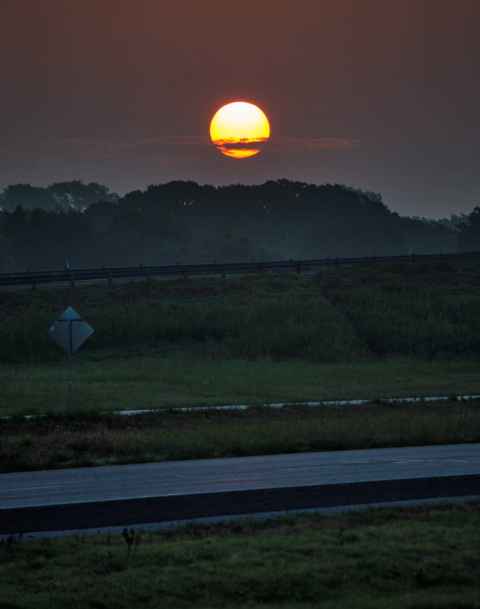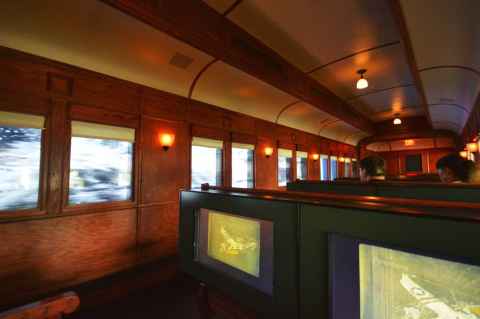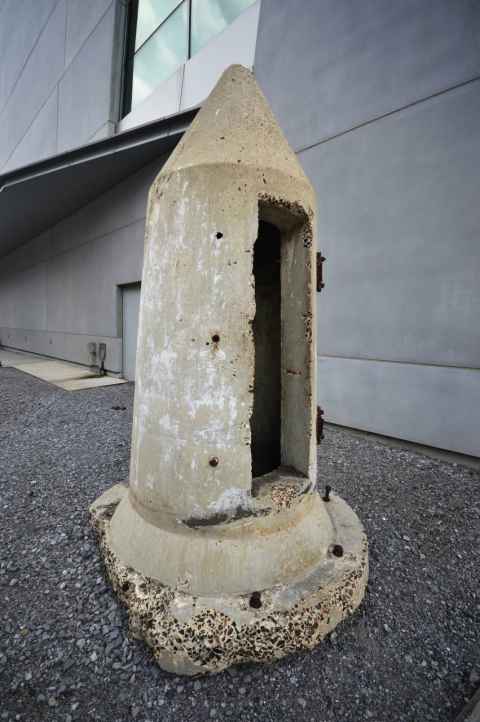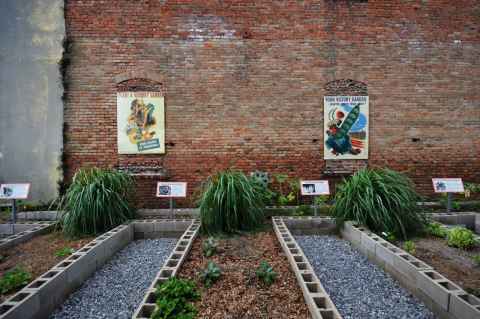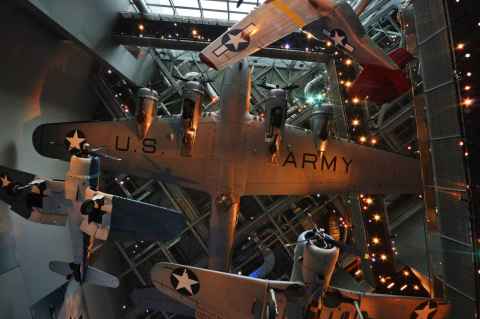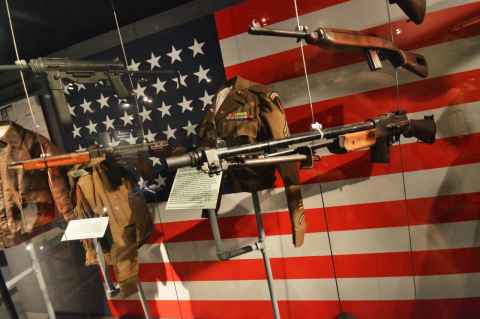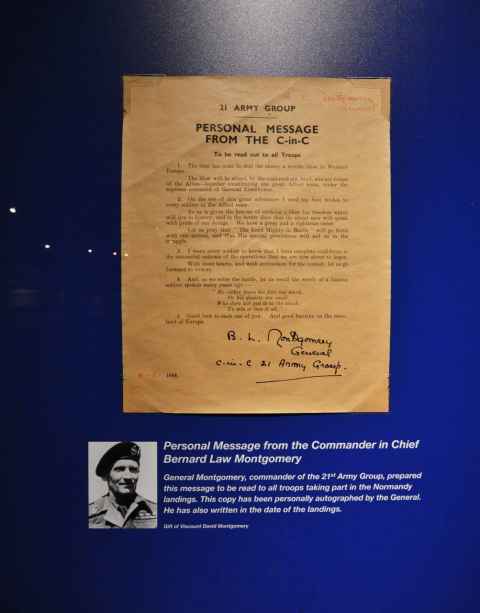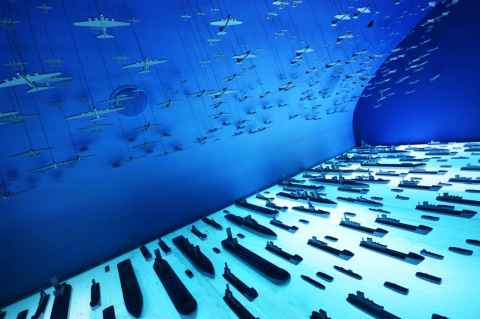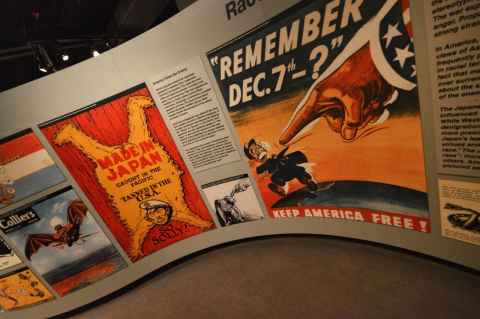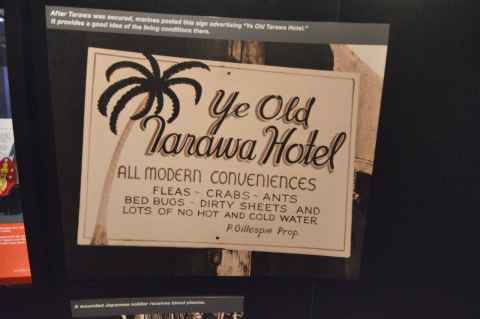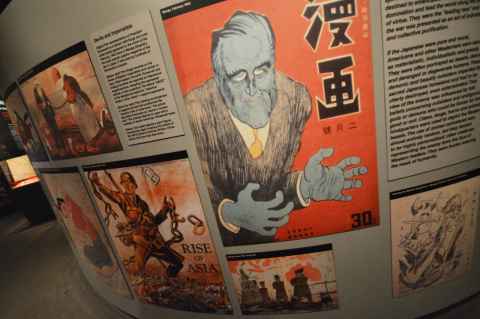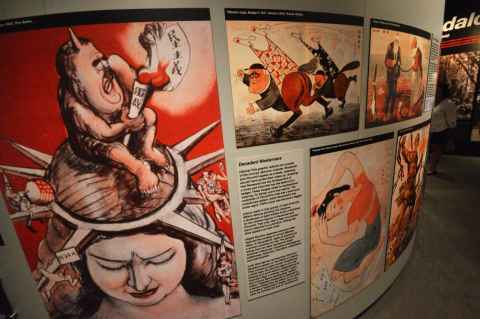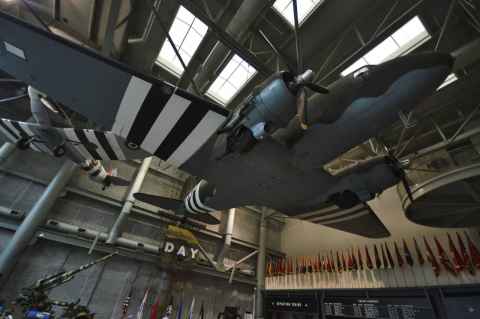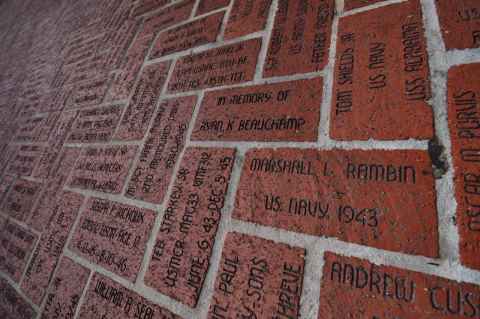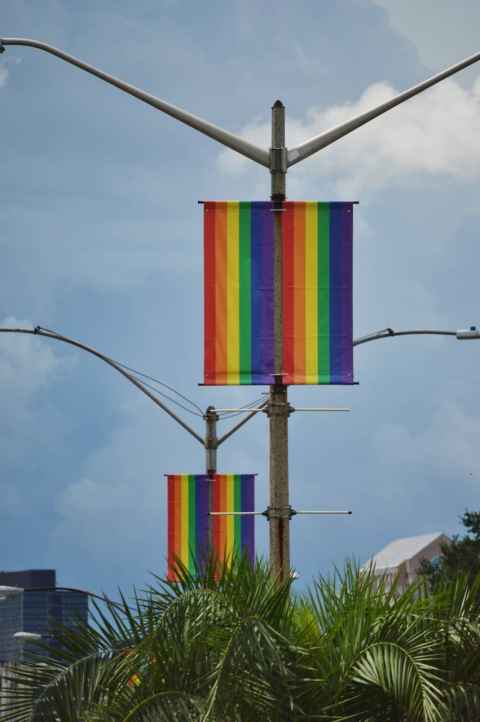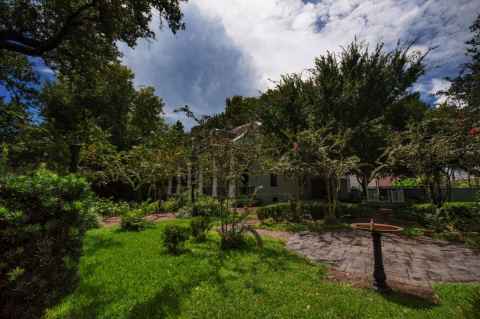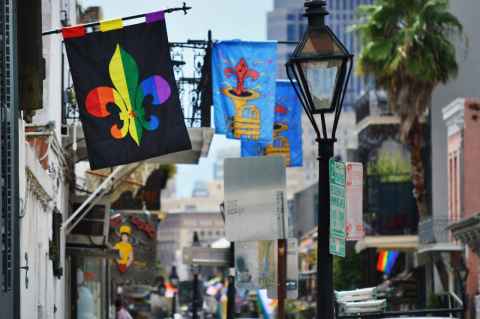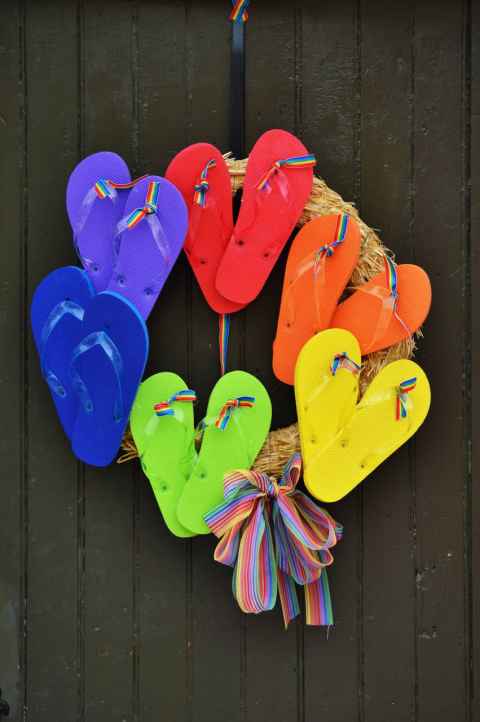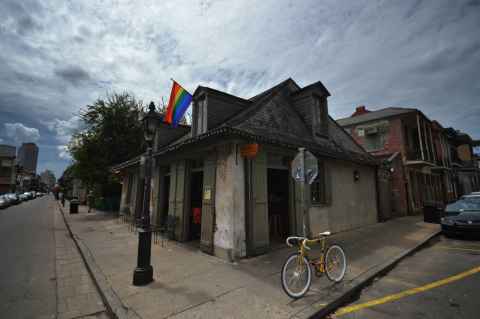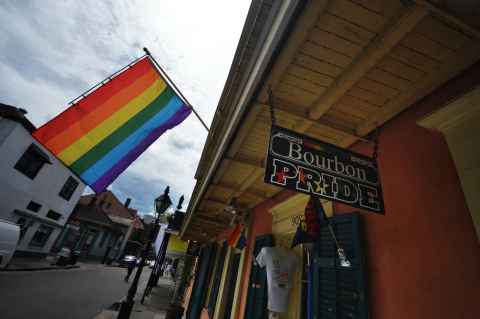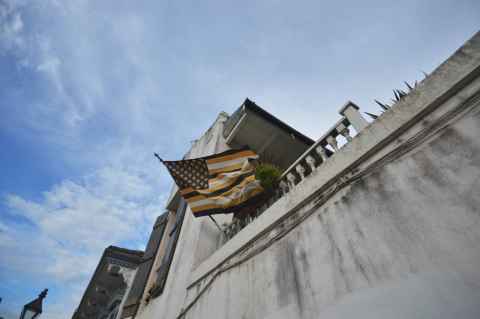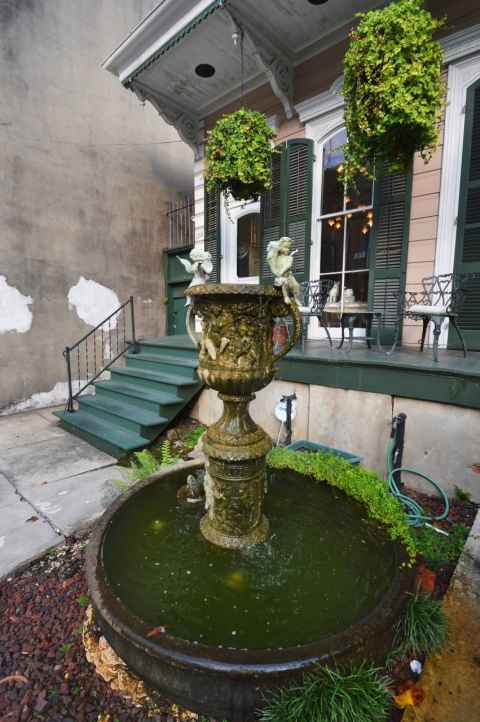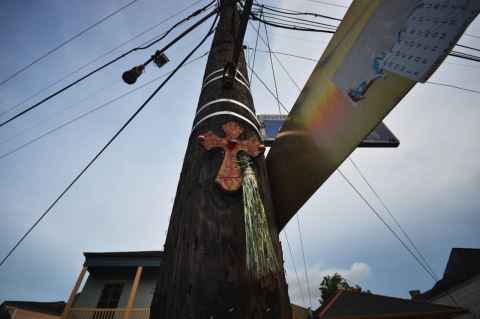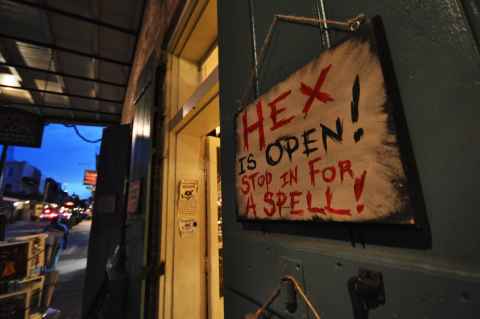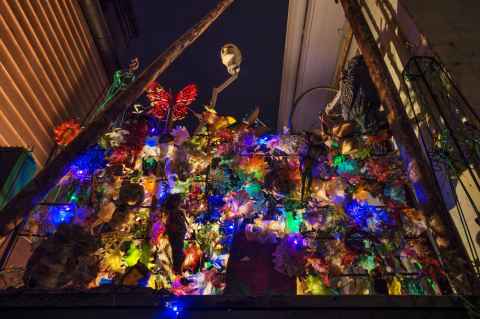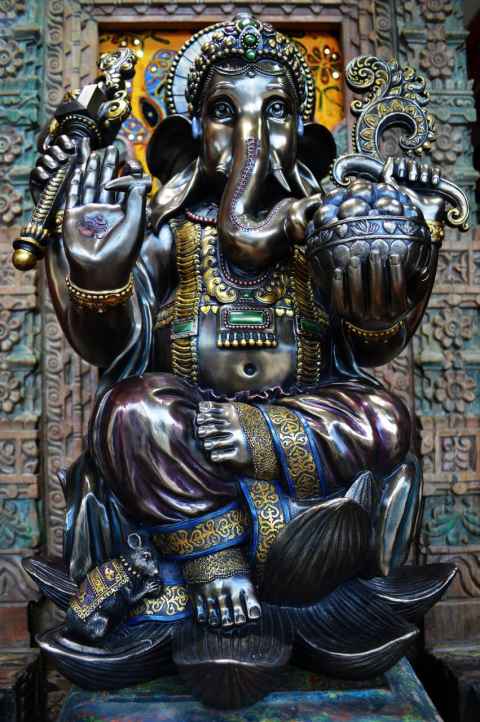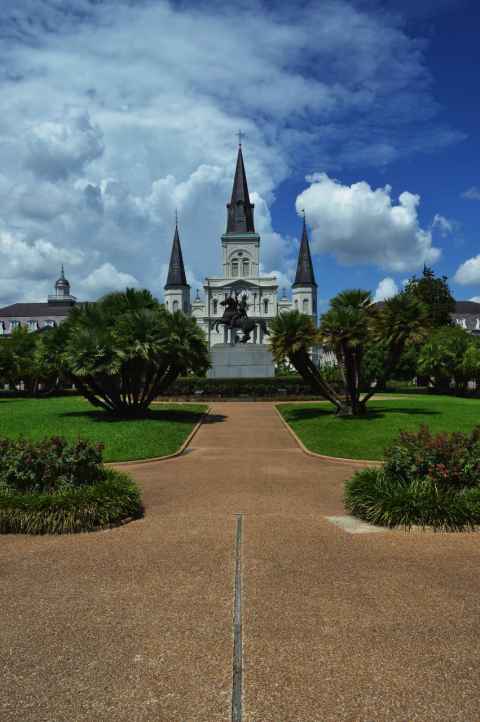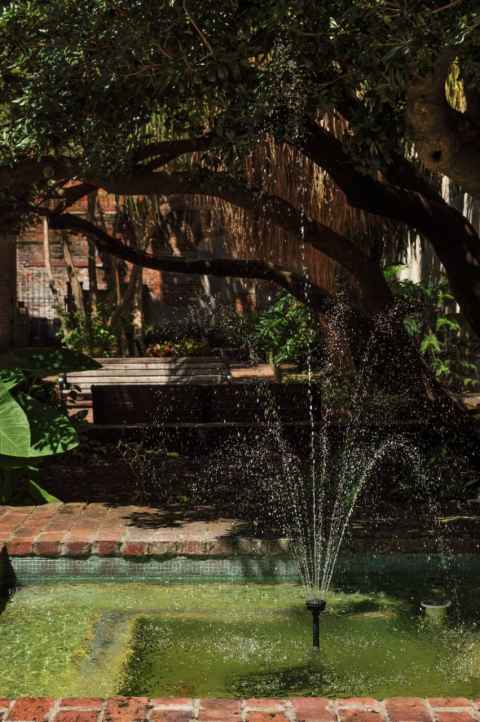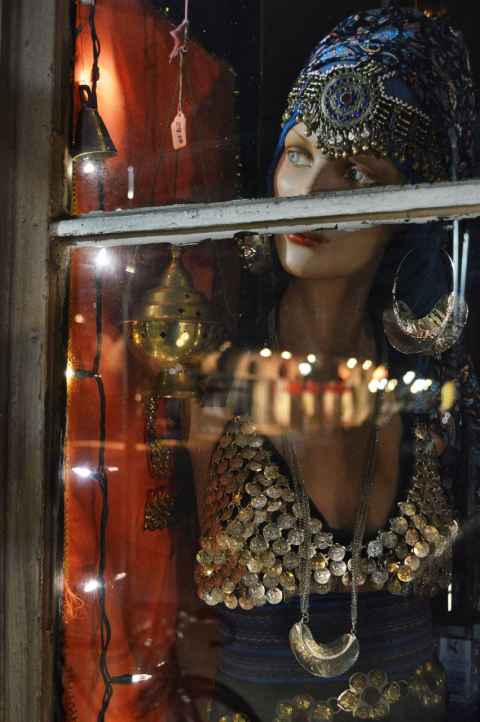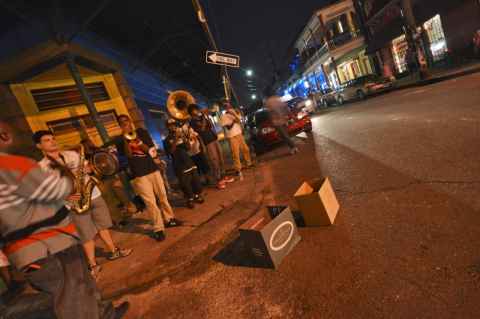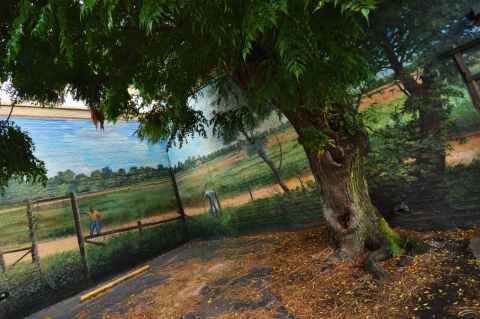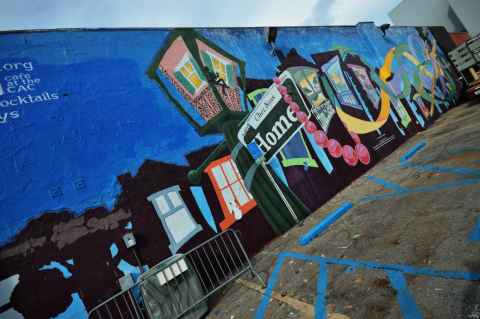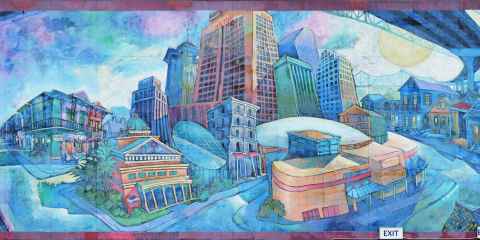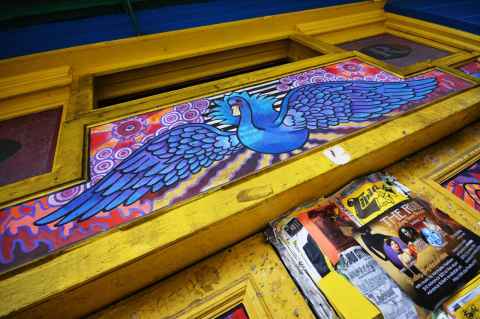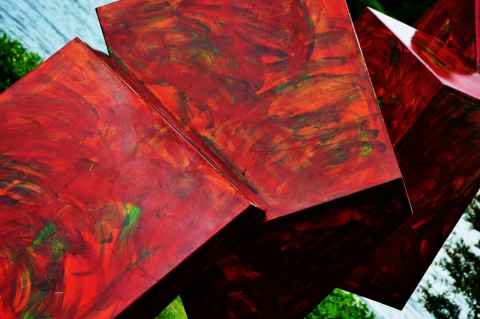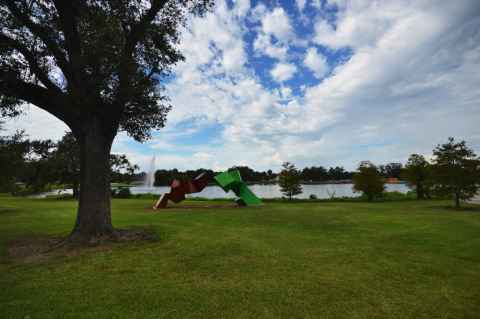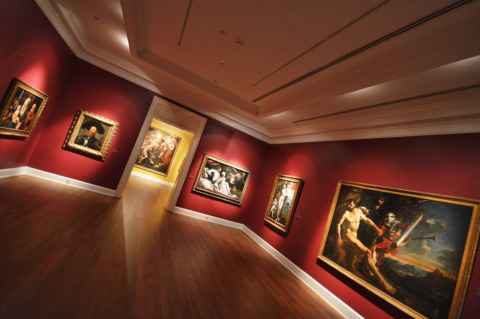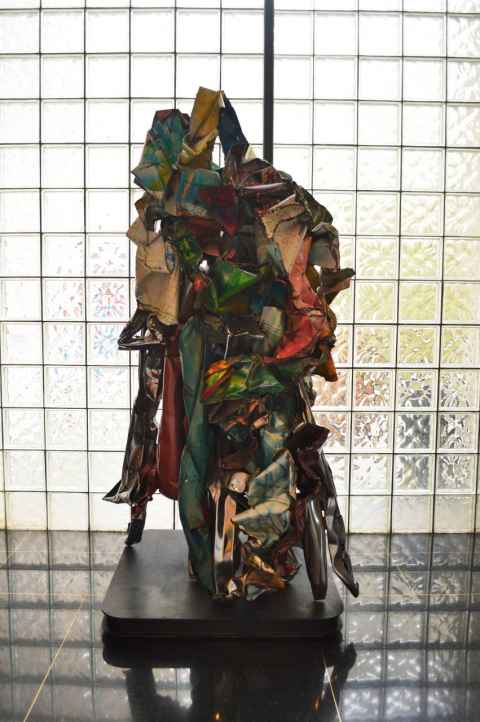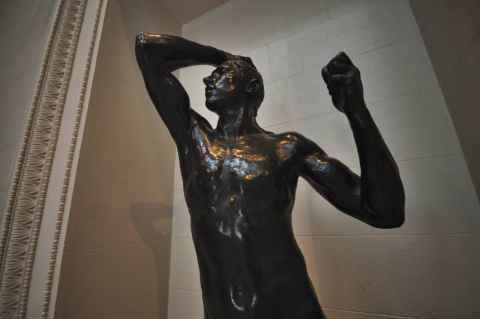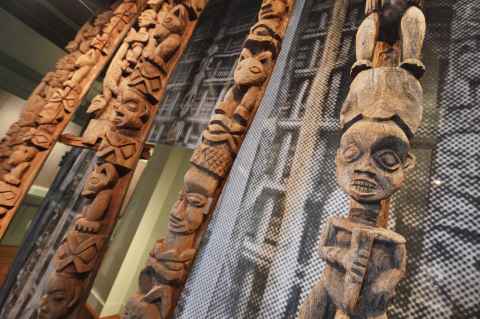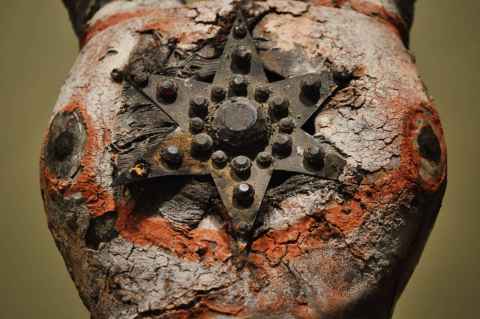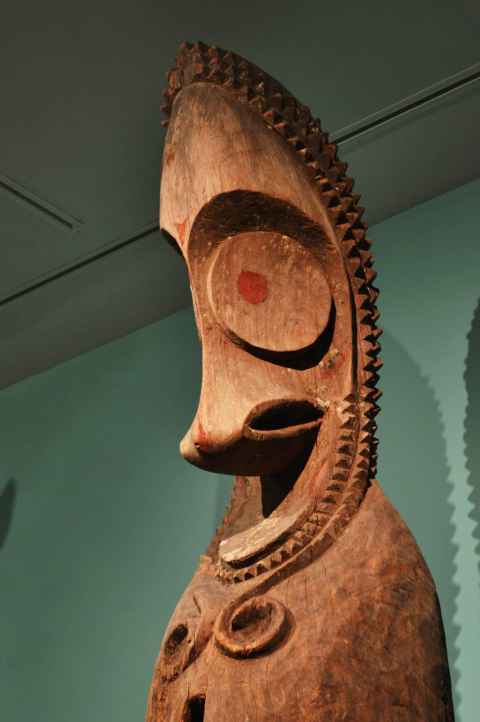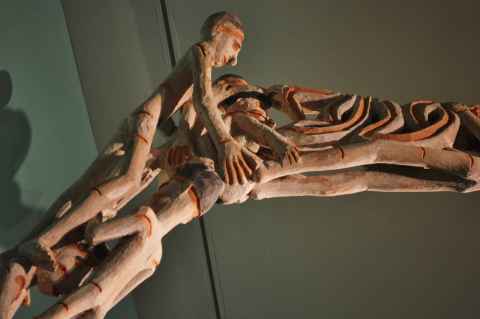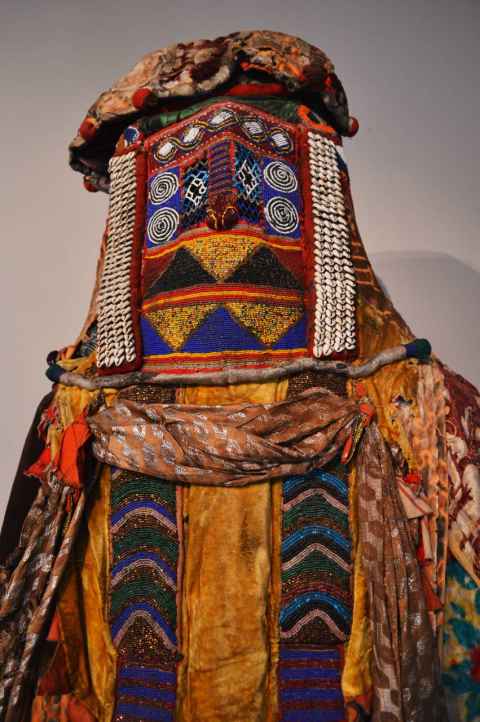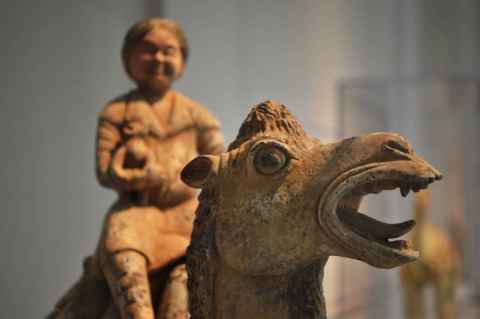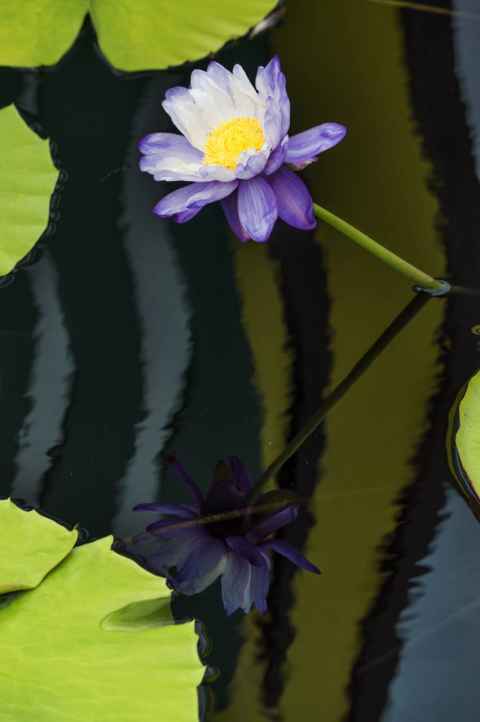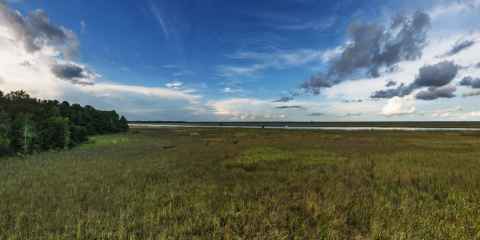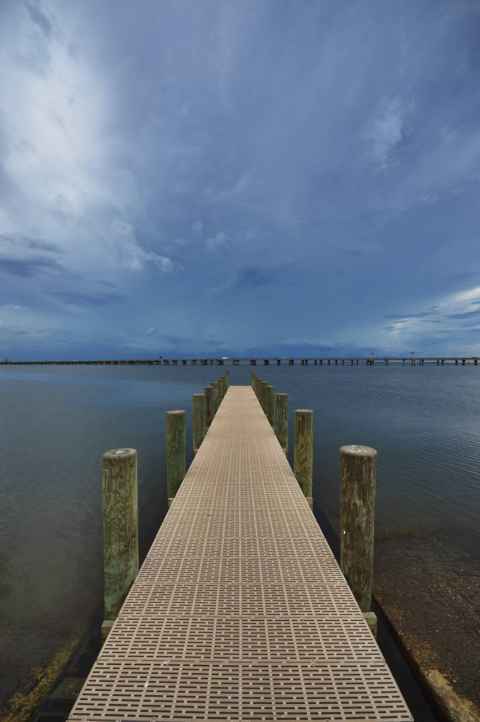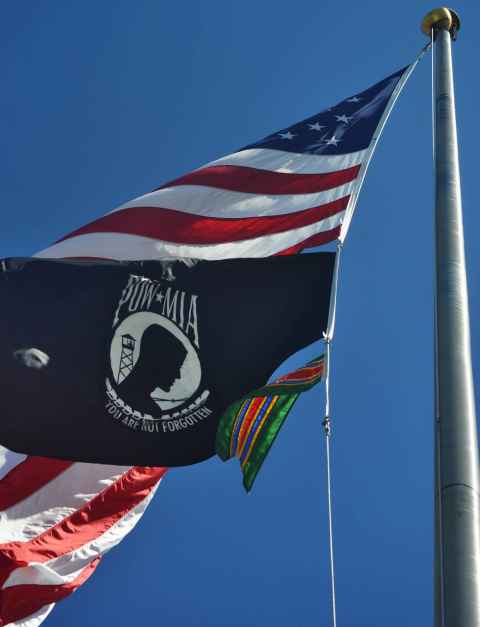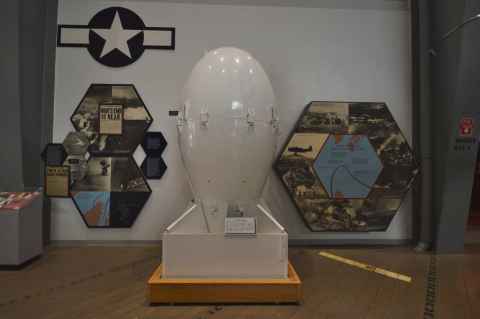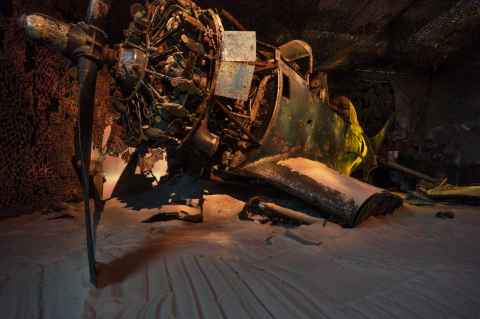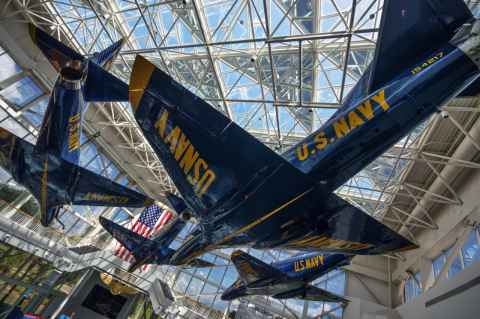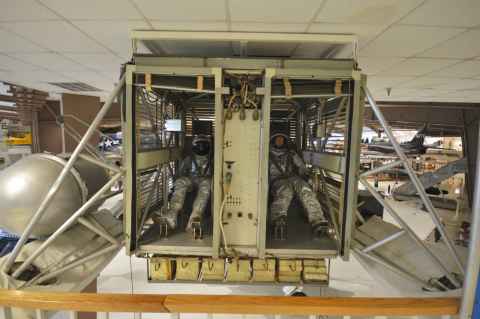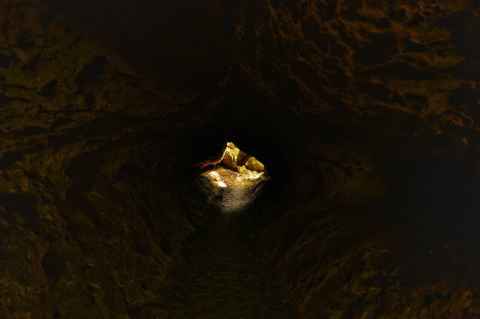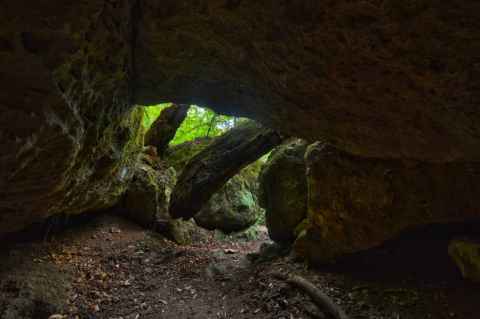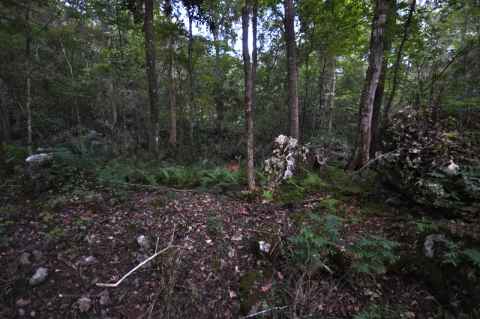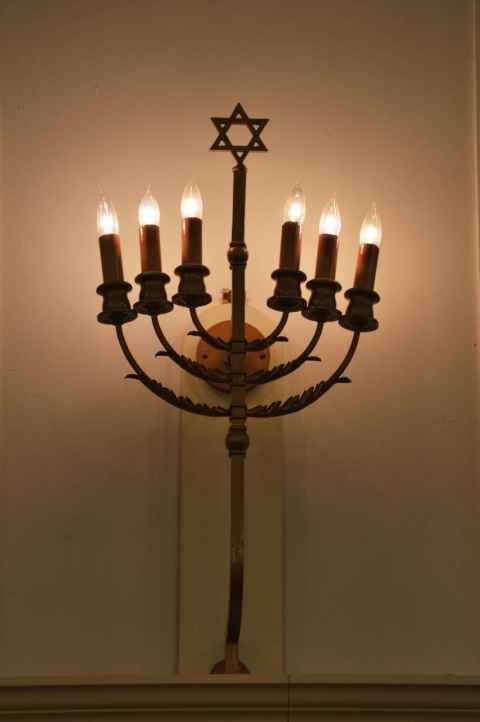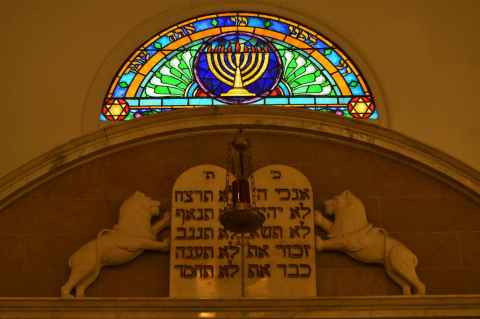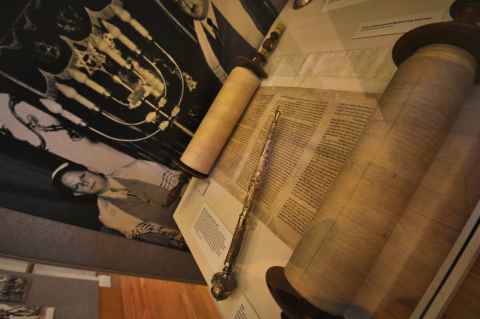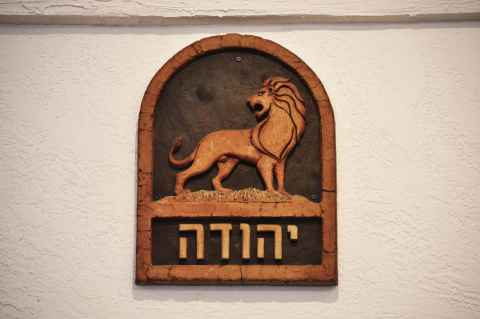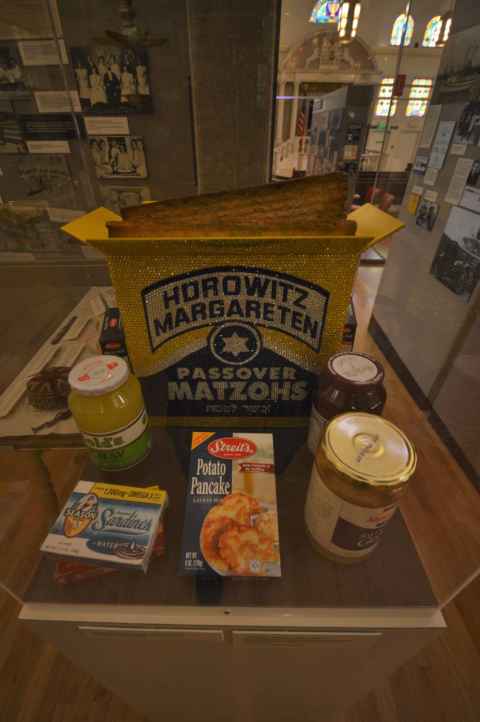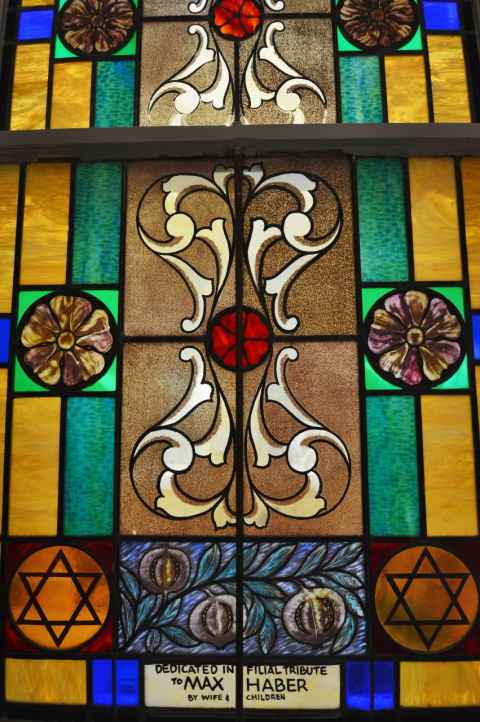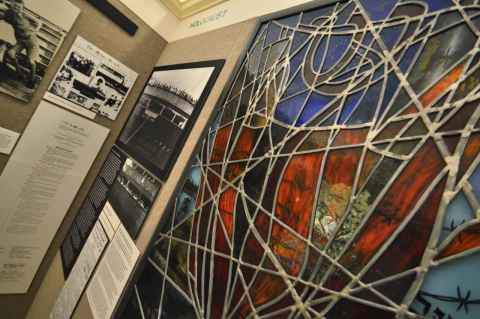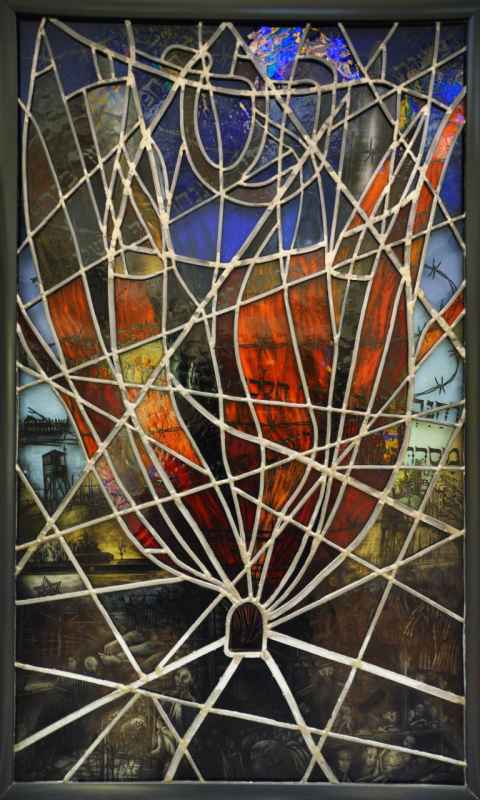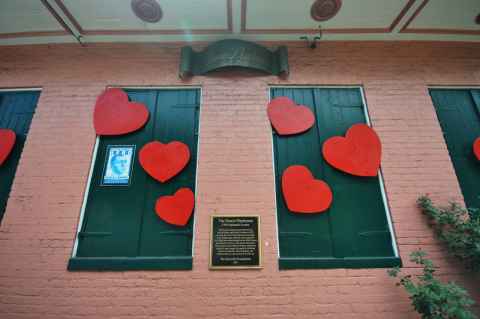
The plaque reads:
The Faerie Playhouse
1308 Esplanade Avenue
This Creole cottage became the home of Stewart Butler and Alfred Doolittle in 1979 and was the site of many organizing meetings in the lesbian, gay, bisexual and transgender civil rights movement during the late 20th Century and early 21st Century. The garden behind this home contains the cremains of many significant leaders in that struggle for equality, including Charlene Schneider, John Ognibene, and Cliff Howard, as well as artist J. B. Hartner.
The Bienville Foundation
2007
2014-09-03 12:34
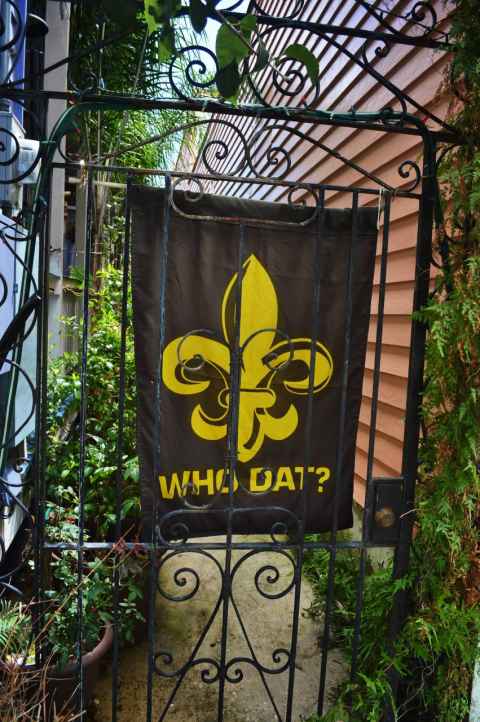
The house of a supporter of the New Orleans Saints. The supporters are known as the "Who Dat Nation", and the words are from their chant "Who dat? Who dat? Who dat say dey gonna beat dem Saints?". The chant, in turn, has its origins in the minstrel shows[a], where the joke consisted of two blacks meeting, and, not being able to see each other, would go "Who dat?" / "Who dat say 'who dat'?" / "Who dat say 'who dat say "who dat"'?" / etc. until the show moved on or overt racism went out of fashion.
2014-09-03 12:37
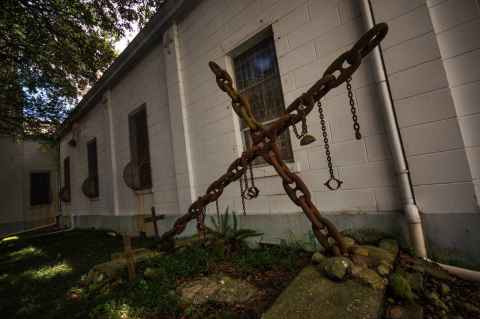
Nearby a plaque reads:
On this October 30, 2004, we, the faith community of St. Augustine Catholic Church, dedicate this shrine consisting of grave crosses, chains and shackes to the memory of the nameless, faceless [and] turfless Africans who met an untimely death in Faubourg Treme. The tomb of the unknown slave is commemorated here in this garden plot of St. Augustine church, the only parish in the United States whose free people of color bought two outer rows of pews exclusively for slaves to use for worship. This St. Augustine/Treme shrine honors all slaves in particular who lie beneath the ground of Treme in unmarked, unknown graves. There is no doubt that the campus of St. Augustine Church sits astride the blood, sweat, tears and some of the mortal remains of unknown slaves from Africa and local American Indian slaves who either met with fatal treachery, and were therefore buried quickly and secretly, or were buried hastily and at random because of yellow fever and other plagues. Even now, some Treme locals have childhood memories of salvage/restoration workers unearthing various human bones, sometimes in concentrated areas such as wells. In other words, the tomb of the unknown slave is a constant reminder that we are walking on holy ground. Thus, we cannot consecrate this tomb, because it is already consecrated by many slaves' inglorious deaths bereft of any acknowledgment, dignity or respect, but ultimately glorious by their blood, sweat, tears, faith, prayers and deep worship of our creator.
Donated by Sylvia Barker of the Danny Barker Estate
2014-09-03 12:49

Mississippi is the last of the former confederate states that still uses the confederate battle flag[b] as an element.
2014-09-02 17:21
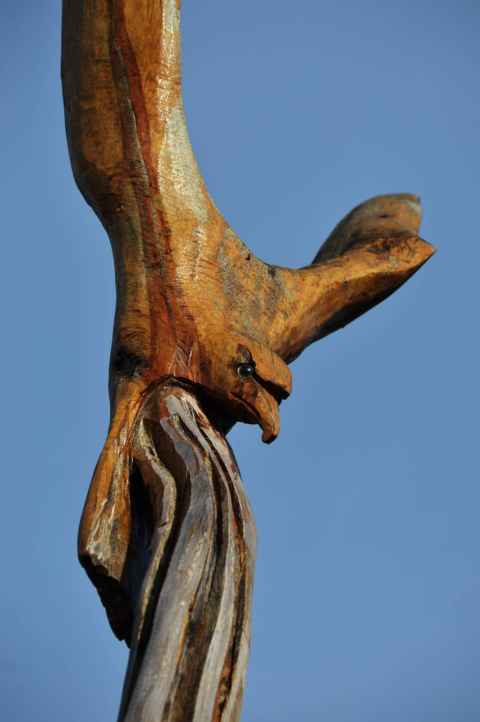
Wood statue by Marlin Miller[c] and his son Preston made from wood from a tree that was felled by Hurricane Katrina[d] in 2005.
2014-09-02 17:28
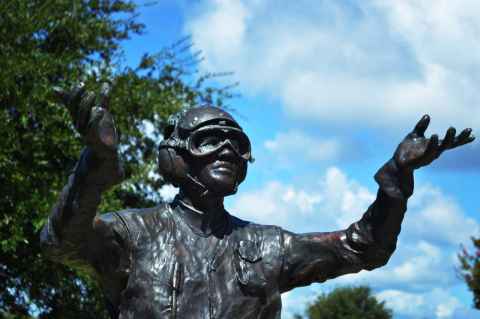
Yellowshirt, the heart of the flight deck.
National Naval Aviation Museum
2014-09-02 10:50

The pilot.
National Naval Aviation Museum
2014-09-02 10:52

Bofors 40mm[f] cannon, in anti-aircraft twin mount.
National Naval Aviation Museum
2014-09-02 11:41
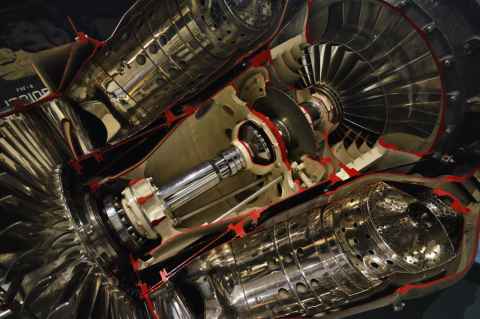
Radial flow gas turbine. The compressor is to the top-right, turbine at the bottom left, combustors top-left and bottom right.
National Naval Aviation Museum
2014-09-02 11:55
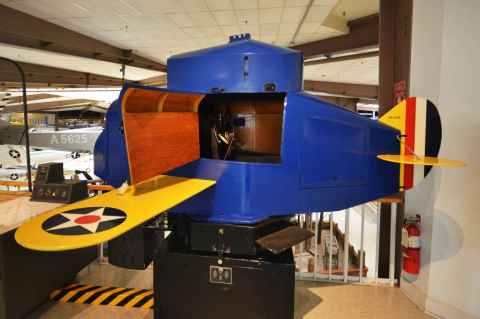
"I tested for the Air Force, and they said I could have this."
It looks like a mall ride, or alternatively the short yellow bus for combat pilots, but is actually a very successful flight simulator called the Link Trainer[g]. Created by Ed Link and manufactured by his company Link Aviation Devices, it was used from the mid-1930s to the late 1950s to train pilots in instrument flying - that is, when you don't get to look outside while flying because it's too dark, or too cloudy, or some other reason that makes it impossible to look out the window and figure out where you are and where you are pointing the aircraft. During World War II, the United States could churn out combat aircraft like no other nation. Having a cheap and safe way to teach the basics of instrument flying was certainly a boost, making "production" of pilots that much more efficient.
National Naval Aviation Museum
2014-09-02 12:16
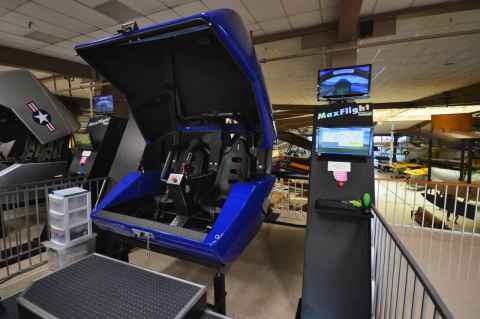
This was the funniest bit of the museum. The pod seen here is mounted on an arm that gives it the ability to spin around the pitch and roll axis. Couple that with 3d-glasses, a good joystick, and the minutes (I think it was three) you get will pass by in no time at all.
National Naval Aviation Museum
2014-09-02 12:31
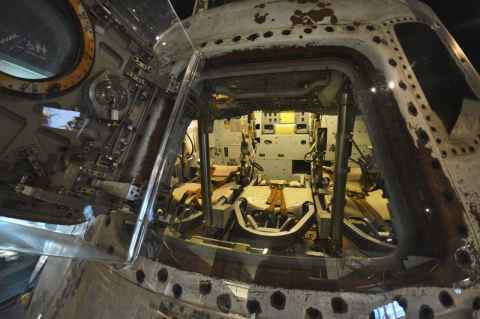
Skylab 2 / Crew 1[h] Apollo capsule.
National Naval Aviation Museum
2014-09-02 12:42
